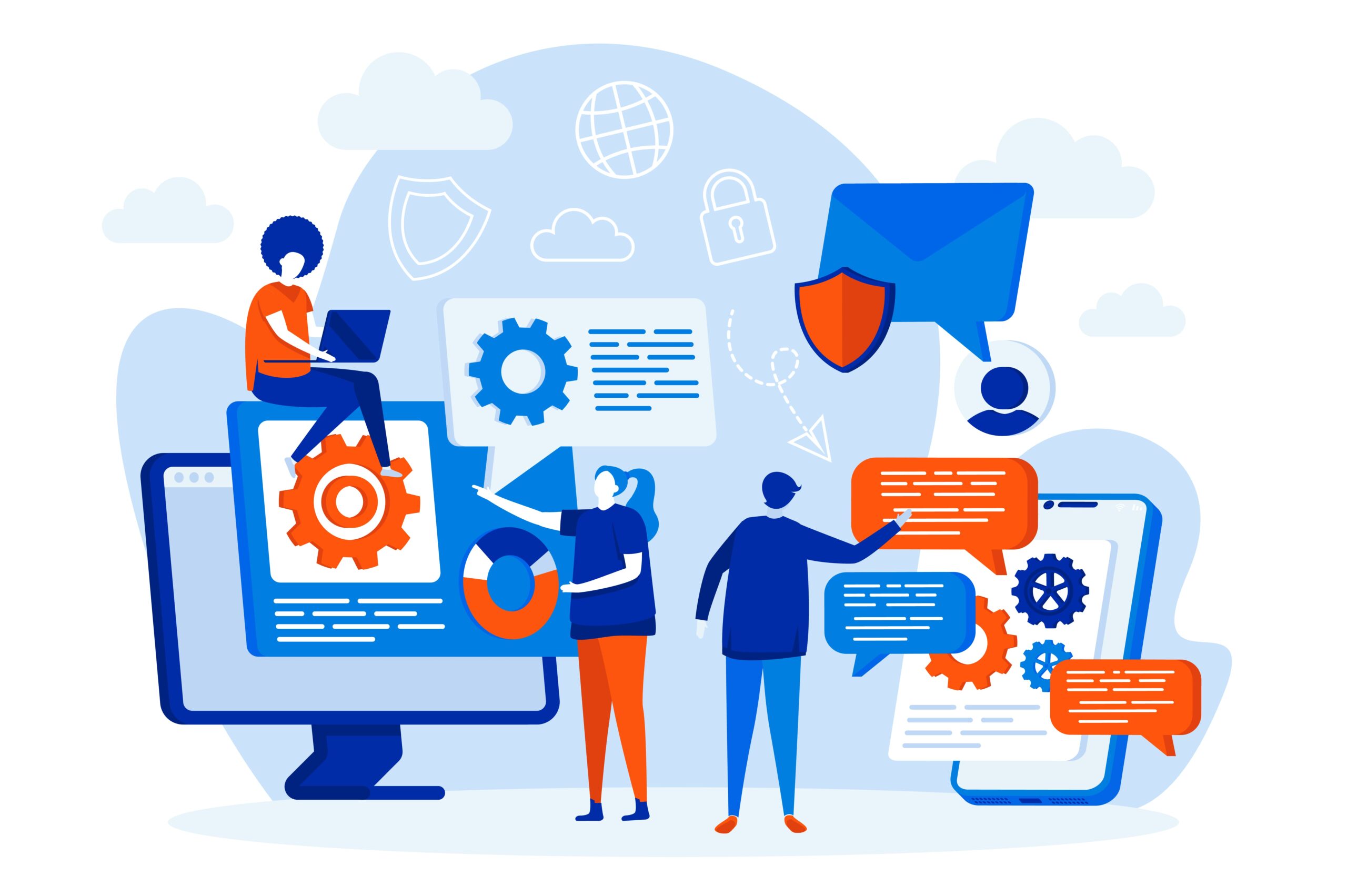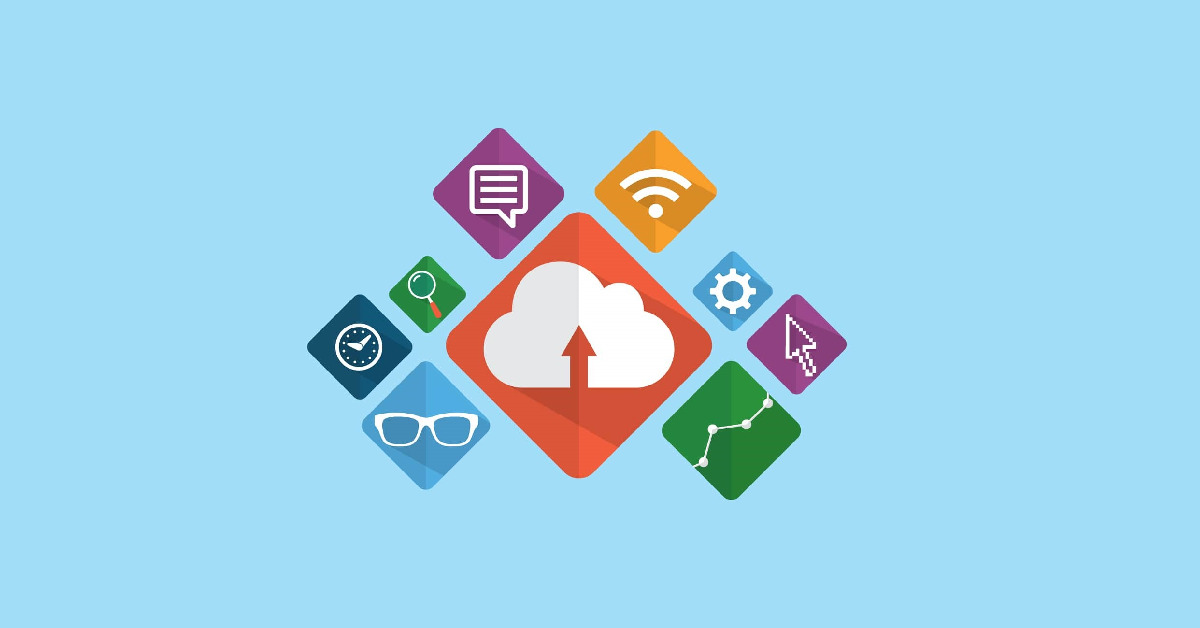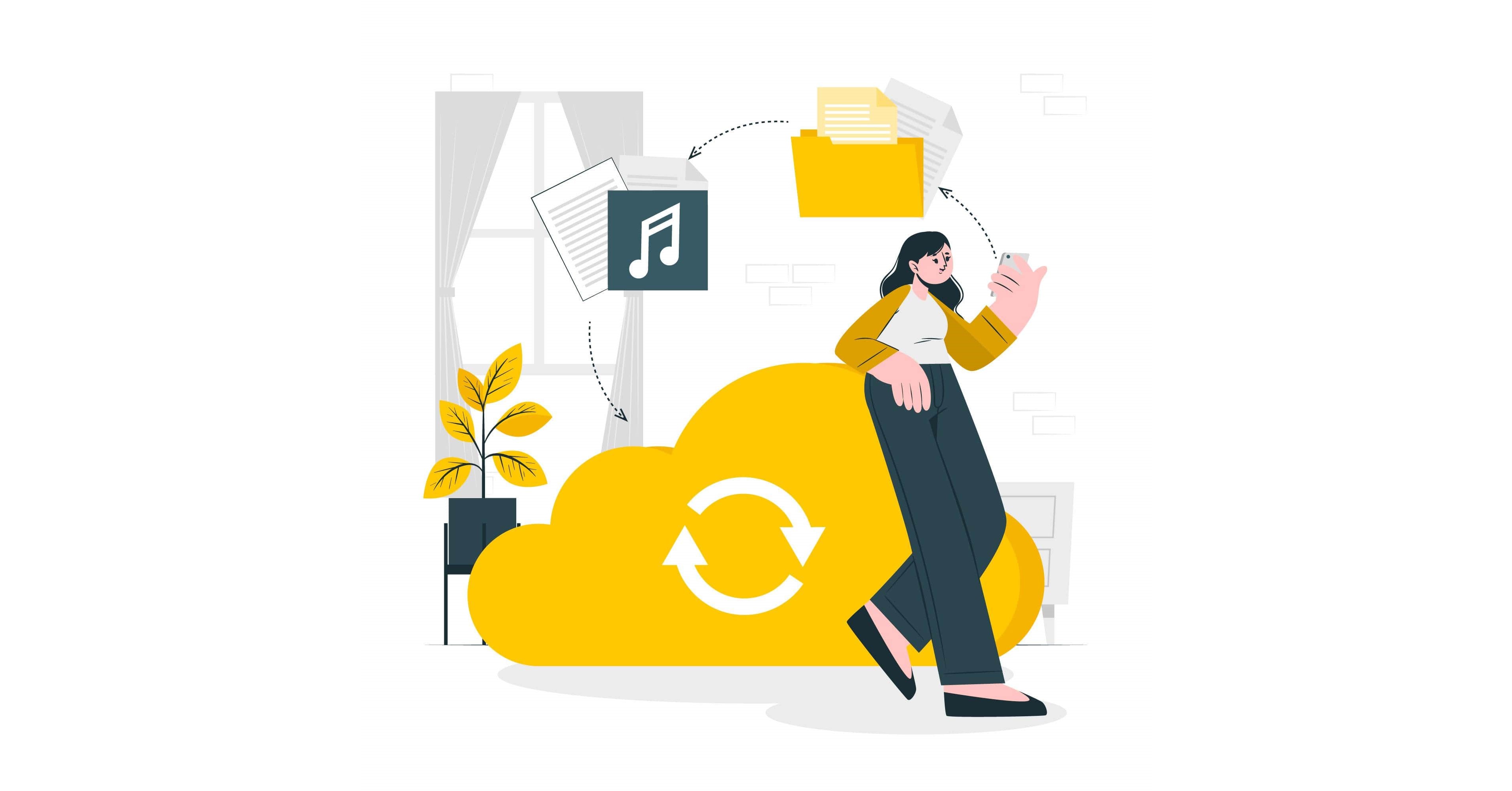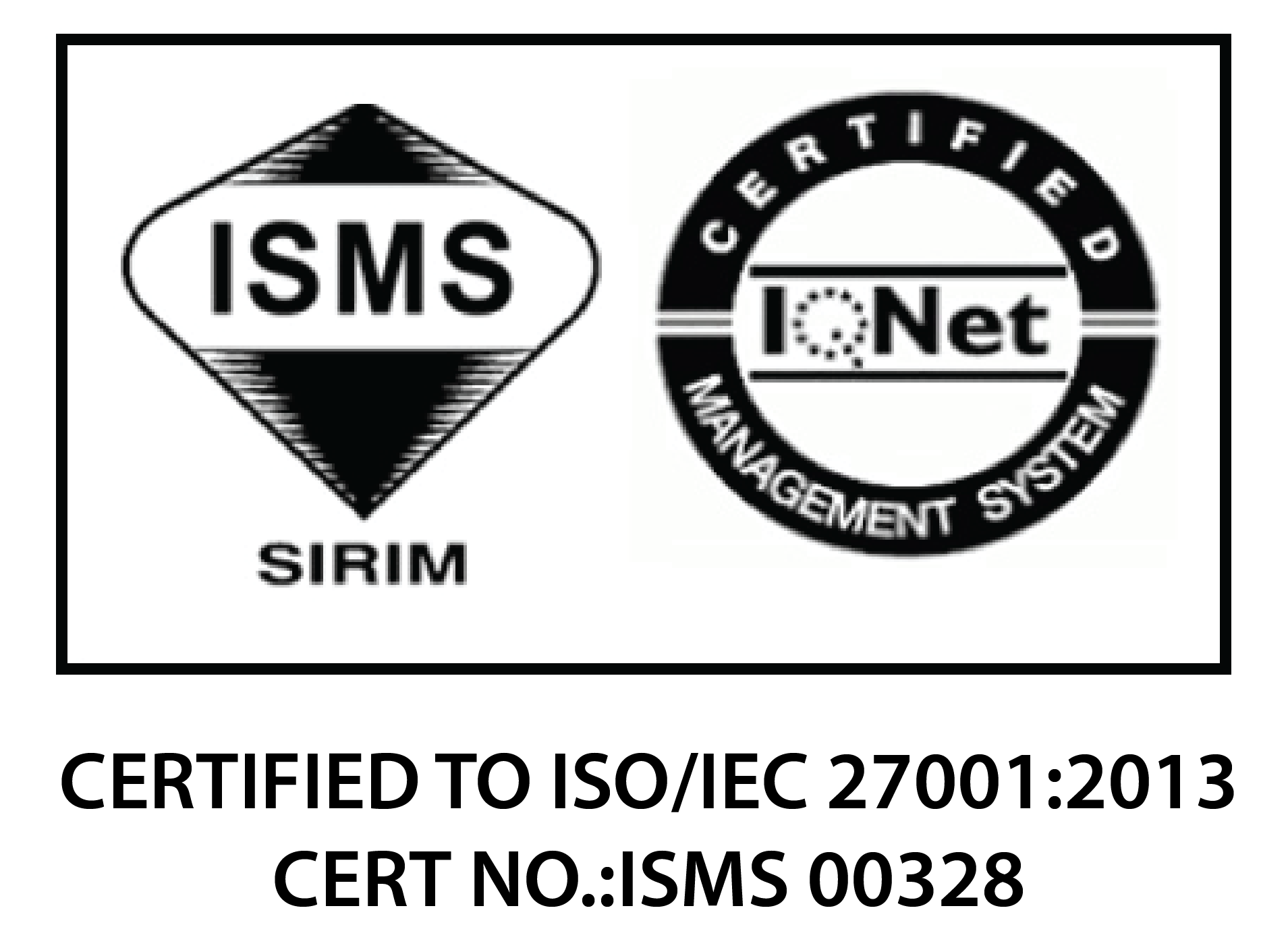Managed services SLA (Service Level Agreements) are foundational in defining the relationship between businesses and cloud-managed service providers, setting clear expectations for service quality and delivery.
These agreements outline the performance standards, scope of services, and repercussions of not meeting these standards, which are crucial for the consistent and efficient operation of cloud-based services.
In this article, we’ll examine the intricacies to gain a good understanding of what to expect from an SLA in a cloud managed service.
Understanding the Components of SLAs
First and foremost, diving into the structure of an SLA reveals its critical components that dictate the scope and quality of services provided. Here are the essential elements that form the backbone of any SLA:
1. Service Level Objectives
To start, the service level objectives, which outline the cloud provider’s expected performance and responsibilities, are at the heart of any SLA. These objectives are pivotal as they set the standard for service delivery and quality.
Ensuring that these metrics are well-defined and aligned with the latest industry standards can greatly enhance service reliability and customer satisfaction.
2. Scope of Services
Moreover, a comprehensive SLA clearly enumerates all the services that the provider will deliver. This typically includes:
- System monitoring
- Technical support
- Updates
- Security measures
It is a critical component of the SLA because transparency in what services are covered helps set accurate expectations and avoid potential conflicts.
Read More: Outsourcing Managed IT Services: 5 Key Benefits to Know
Key Performance Indicators (KPIs) in SLAs

Secondly, an SLA often includes KPIs, which measure the success of cloud managed services. These are important in ensuring service efficacy and alignment with business objectives. They include:
1. Essential KPIs
The central figures in any SLA are KPIs, such as:
- System uptime
- Response time
- The quality of technical support
These KPIs must be linked directly to business goals to ensure they truly support organisational objectives and drive operational excellence.
2. Monitoring and Reporting
Additionally, effective SLAs outline stringent monitoring and reporting protocols. Access to real-time performance data and regular performance evaluations helps maintain service standards. It also facilitates proactive adjustments, ensuring consistent service quality.
The Role of SLAs in Risk Management
SLAs are also strategic tools in risk management. They can establish preventative measures, define rapid response strategies, and set the groundwork for resolving conflicts through the following:
1. Mitigating Risks
SLAs play another crucial role in risk management by establishing clear guidelines and standards that minimise operational disruptions.
They outline recovery time objectives and service continuity strategies, which are essential in today’s tech-reliant business environments.
2. Conflict Resolution and Penalties
Furthermore, every SLA should contain a detailed conflict resolution process, allowing both parties to address issues effectively.
Specifying penalties for service failures, such as service credits or fines, can also ensure compliance and accountability from the service provider.
Read More: SLA Demystified: Business Continuity & Disaster Recovery
Evaluating and Negotiating Your SLA
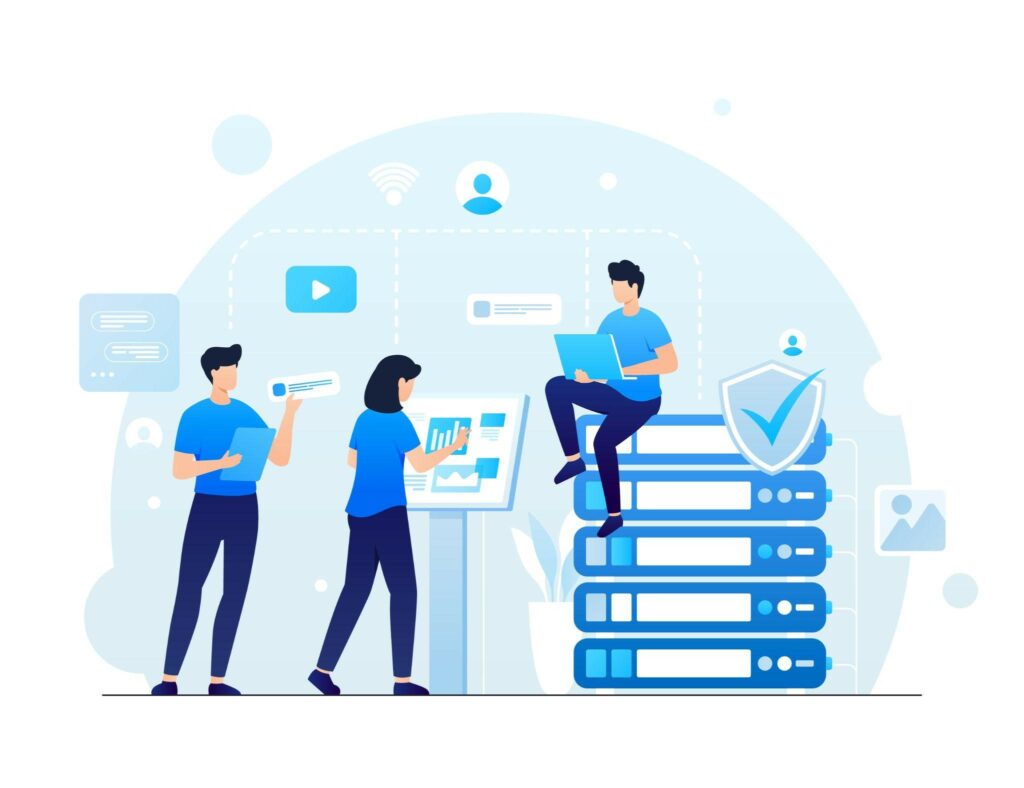
Lastly, choosing and negotiating the right SLA is paramount to achieving a favourable business relationship with your cloud service provider. Here are the critical considerations and strategies for evaluating and negotiating your SLA, including:
1. Assessment Before Signing
Before finalising an SLA, it is crucial to ensure that it comprehensively covers all vital aspects of the service.
The agreement should be flexible enough to accommodate future business growth and changes, ensuring it remains relevant and beneficial over time.
2. Negotiation Strategies
Additionally, negotiating an SLA should focus on achieving a balanced agreement that protects the interests of both the client and the cloud provider. Important negotiation points for crafting a robust SLA include:
- Service metrics,
- Failure repercussions
- Responses to downtime
Read More: Why ISO 27001 Accreditation is Crucial When Selecting a Managed Service Provider
Fortify Your Cloud Strategy with Aegis’s Expert Managed Services
In conclusion, understanding and negotiating the SLA for cloud managed services is not just about securing a contractual agreement. It’s about laying the foundation for a successful, long-term partnership that enhances business operations.
With a well-structured SLA, businesses can ensure that their cloud services are reliable and also aligned with their strategic outcomes, promoting growth and innovation.
You can empower your organisation with Aegis. As a pioneering cloud service provider in Malaysia, we understand the importance of a strong SLA. Thus, we ensure your cloud operations are secure, reliable, and aligned with your business goals.
Contact us today to learn how our managed services can transform your cloud strategy and help you achieve operational excellence.

